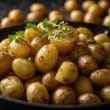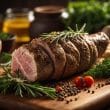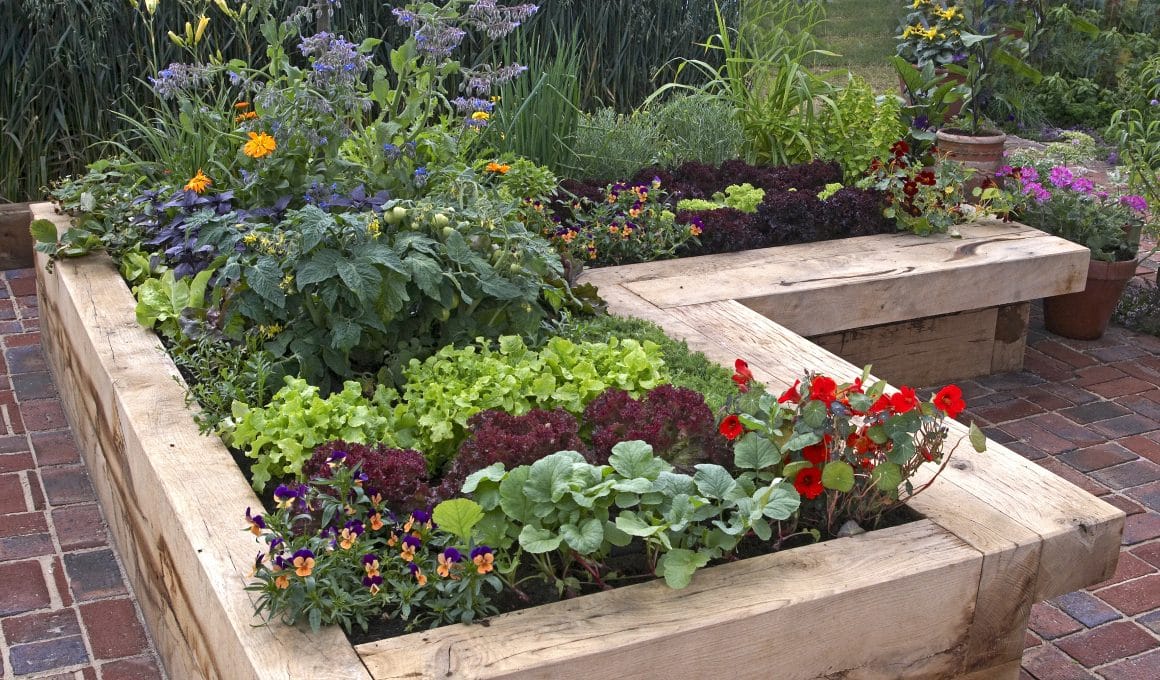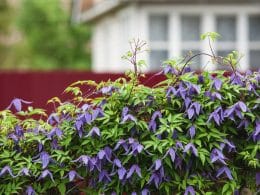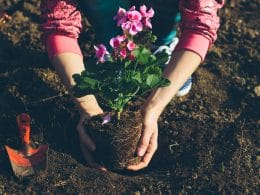Edible plants are so useful, especially in a time of crisis.
You can harvest it as a main ingredients of your meal, as addition in your cooking, or as natural remedies and use edible flowers to really take your cooking to the next-level!
So if you’re like me your first question may be –
What is a Perennial?
Perennials, unlike their quick-blooming counterparts, are long-lived plants that are typically hardy and will return in the spring. They bloom for a single season each year (usually in the spring, summer, or fall), but there are also reblooming and long-blooming perennials.
Perennials, like all plants, have a lifespan. They can live many years in ideal conditions, but don’t expect them to endure indefinitely. Their life span is unpredictable, and some may only live for three to five years. Perennials vary considerably in terms of how much they require and how they should be looked after. Some may need to be divided and replanted every few years, while others may only need an annual fertilization.
Now that we know what a perennial is, let’s take a look at nine of the most common edible perennials.

Which Perennials Are Edible?
There are lots of Perennials that are edible, from flowers to vegetables, including: Mint, Oregano, Chives, Dandelion, Asparagus, Artichoke & Taro Root.
There are a lot of edible plants that you can grow fast and harvest immediately (Annual plants) but if you want something that comes back year after year, maybe you should consider growing these edible perennials!
Perennials or perennial plants are plants that can last for more than two years in your garden beds – plant them once and let them grow for a long time! Many perennial crops are frost tolerant, prefers well drained soil (sandy soil is perfect), low maintenance and are considered hardy plants.
Edible Perennial Plants & Herbs
You can mix your perennial food garden in with blooms and ornamental plants. When annual plants have dropped leaves or died back, installing evergreens provides winter texture and color.
Herbs are a great addition to any perennial garden. They are easily propagated from softwood or stem cuttings taken in late spring or early summer, and if you have a limited amount of space, most perennial herbs will do well in containers and should be planted early spring.
Some of our favourites include:
Basil (Ocimum basilicum)
This sweet and peppery herb is a mainstay of Italian cuisine, but it can be used in any cuisine that calls for fresh herbs. The leaves are the part of the plant that is eaten, and they are most flavorful when used fresh but you can also eat the entire plant.
Best spinkled on top of a steaming hot margarita pizza, fresh out of the pizza oven on a cool summers evening with friends or chopped directly from the garden bed and sprinkled in to a pasta dish
Mint (Mentha)
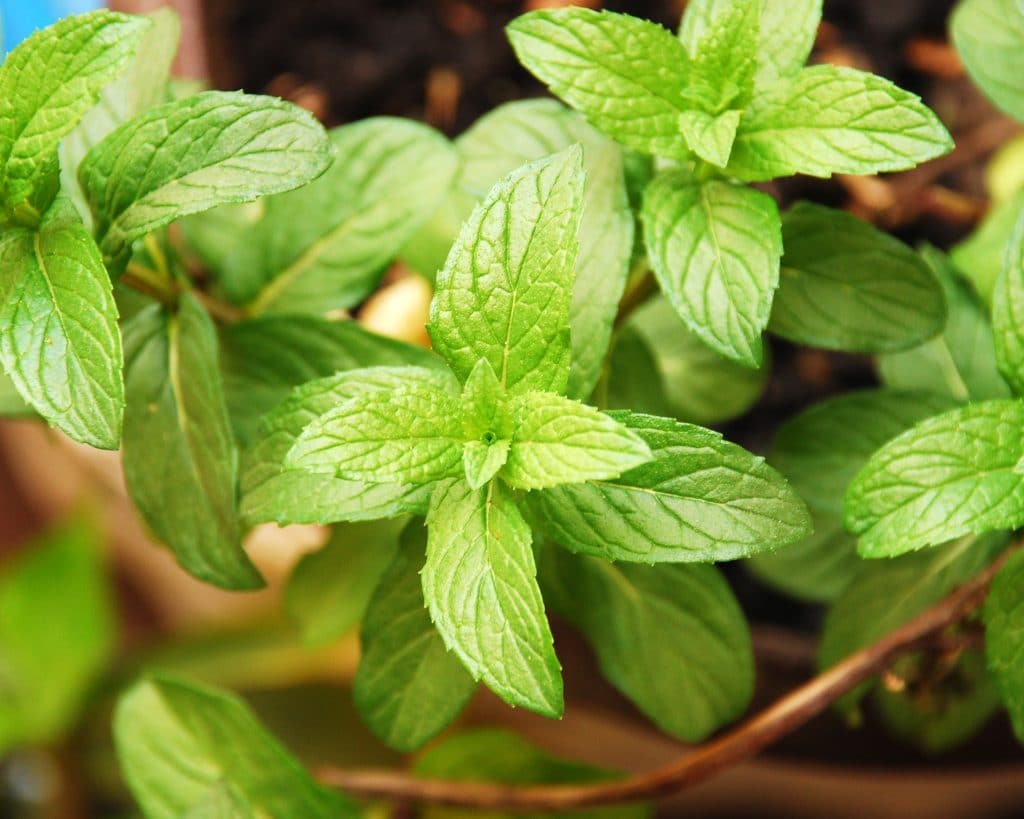
If you love cool drinks or sweet dessert with garnish, you probably are familiar with mint.
Sometimes little thing in life brings a major difference, am I right?
Mint is a perennial plant that loves water. Make sure that the soil is always moist, but not soggy.
Mint loves a sunny area but it can also grow in partial shade.
Oregano (Origanum vulgare)
Oregano loves full sun, although it can tolerate partial shade.
You can grow oregano in a well-drained soil.
Temperature for growing oregano is about 6-70 Fahrenheit.
Chives (Allium schoenoprasum)
The edible part of chives are the flower and the leaves.
That being said, if you don’t like it, you can still let it grow as a wonderful decoration for your garden!
Watercress (Nasturtium officinale)
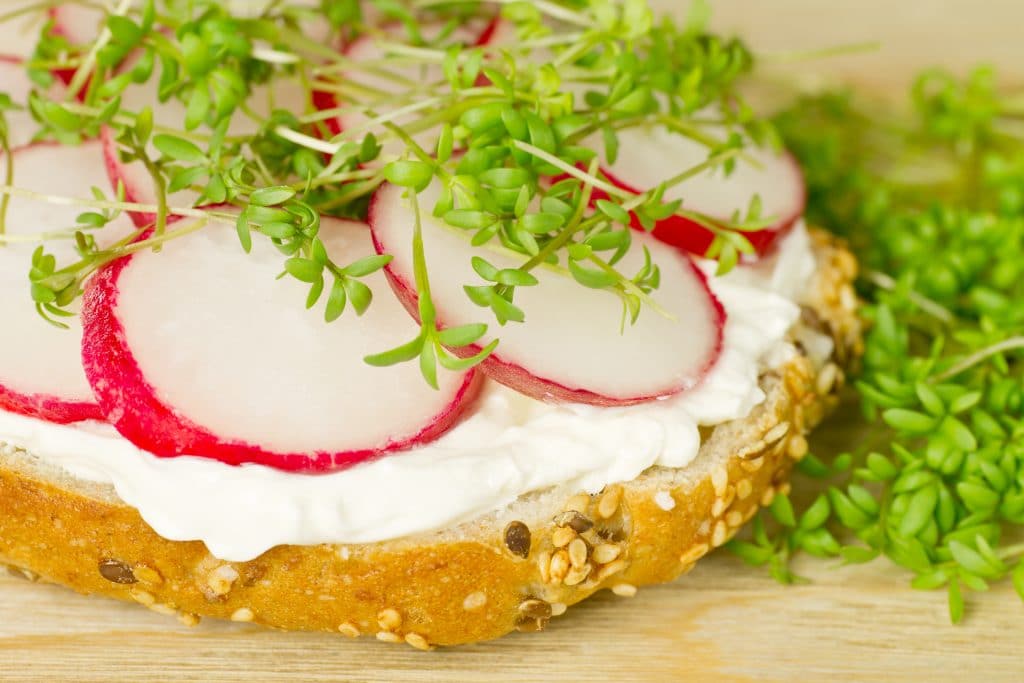
Watercress is a fast-growing, aquatic perennial herb that can be found in streams and ditches. The watercress you buy from the grocery store is usually grown in water tanks.
The leaves and stems are the part of the plant that is eaten and they are most flavorful when used fresh, but they can also be dried. Watercress can be picked all year round and can even be grown indoors – no excuse to have boring egg sandwiches now then!
Edible Perennial Vegetables (Perennial Crops)
Many Perennial vegetables can take a little more effort to grow than herbs, but they are worth the extra work. You can save money by growing your own vegetables, and you will know exactly where they came from, your vegetable garden, making them truly organic!
Some of the most popular garden vegetables are tomatoes, green beans, peas, and cucumbers. We’ve put together a list of our favorite growing perennial vegetables to create a fully edible landscape below:
Asparagus (Asparagus officinalis)

This perennial vegetable is a great addition to any garden. Asparagus can be grown in just about any climate, and it’s one of the first vegetables to be harvested each year however , the spears only last a few days but the spears can be eaten raw or cooked, and the plants will continue to produce spears for several years .
(A little hint from us, if you want to have asparagus spears all season long, plant some crowns in a pot and keep it in your refrigerator!)
Good King Henry (Chenopodium bonus-henricus)
This leafy green is a perennial vegetable that is in the same family as beets and Swiss chard.
Good King Henry grows best in cooler weather, so plant it in the early spring or early fall, but beware, that this particular perennial crop can be difficult to germinate.
The leaves can be eaten raw or cooked.
Jerusalem Artichoke (Helianthus tuberosus)
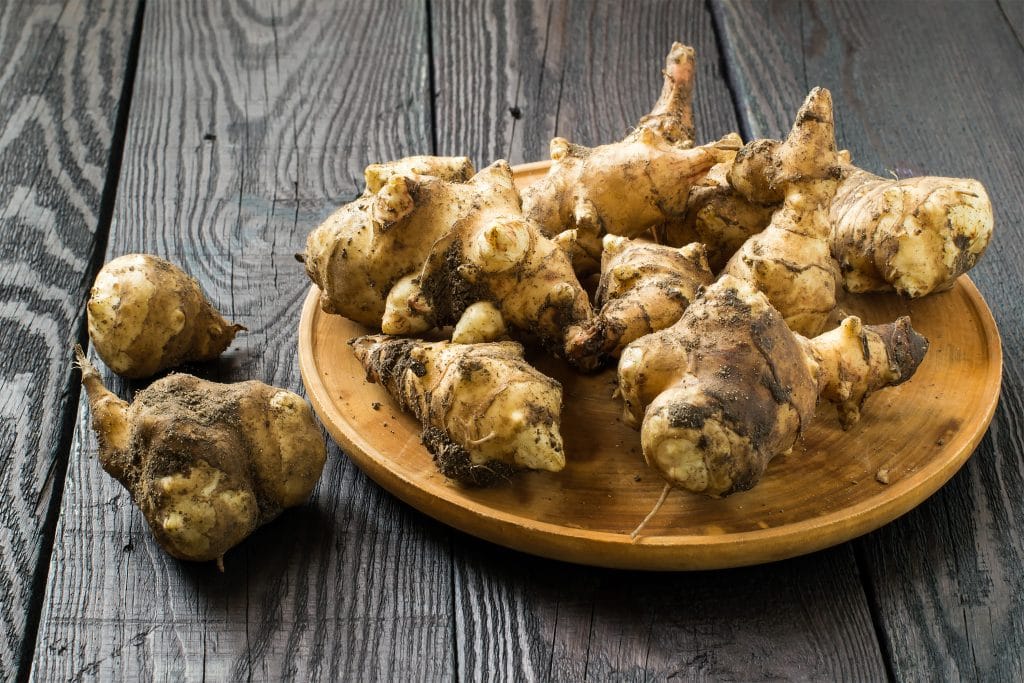
Jerusalem artichokes are a perennial vegetable that is in the sunflower family.
This vegetable is a tuber, which means that the edible part of the plant is underground.
The tubers can be eaten raw or cooked.
Jerusalem artichokes grow best in full sun and in
Taro Root (Colocasia esculenta)
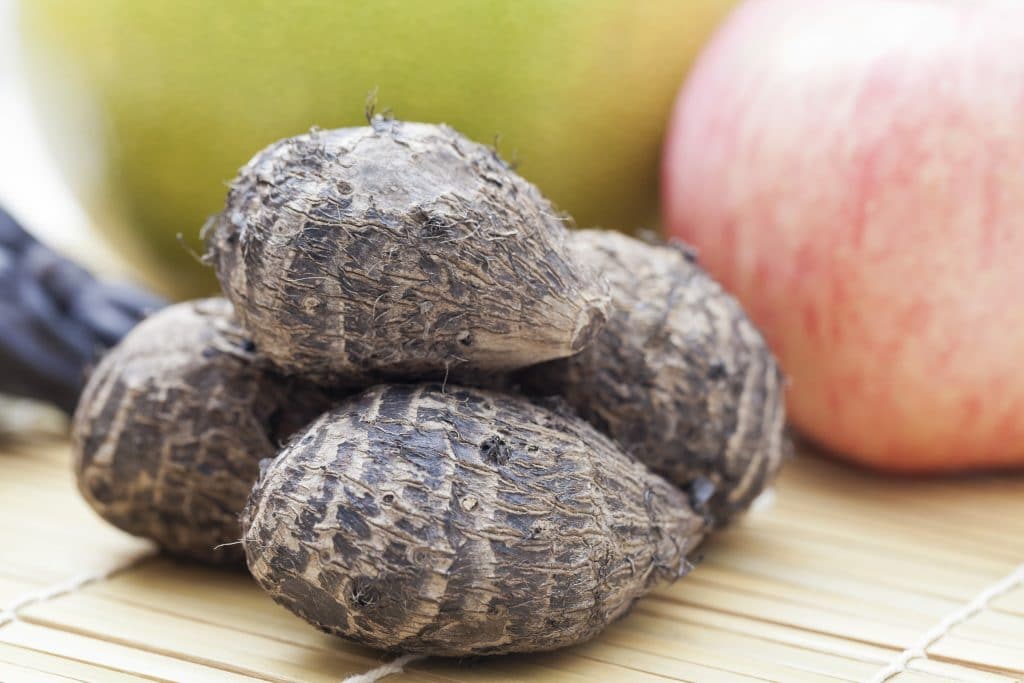
Taro roots are an alternative source of carbohydrate.
Have you heard about something with taro flavor?
The real taste of taro might not be as strong as that flavor, but it’s still edible and you can cook it to make various meals.
Beet (Beta vulgaris subsp. vulgaris)
The beet is a root vegetable that is high in fiber, vitamins, and minerals. The leaves can also be eaten, and are best when young and tender. Beets are very healthy and taste great in many dishes, whilst adding colour and depth to the presentation of your dishes.
Horseradish (Armoracia rusticana)
Horseradish comes from the family Brassicaceae.
This root vegetable has a pungent, firey flavor which can make a great addition to your roast beef. You can also pair horseradish flavor with potato, beet, or broccoli.
Horseradish typically can be harvested in about 5 months and is a vigorous, tough perennial that grows a thick clump of foliage but is primarily cultivated for its pungent roots. When grown in the ground, plants may become invasive and hard to remove – best controlled by growing them in pots or raised beds with rich, well-drained soil – but generally is a tough, easy to look after herb that is rarely troubled by any pests or diseases.
Edible Perennial Fruits
There are many benefits to growing your own fruit. Not only do you get to enjoy the homegrown flavor, but you also get to eat the fruit fresh from the tree!
Some of our favorite perennial fruits include apples, blueberries, cherries, and raspberries.
Rhubarb (Rheum rhabarbarum)
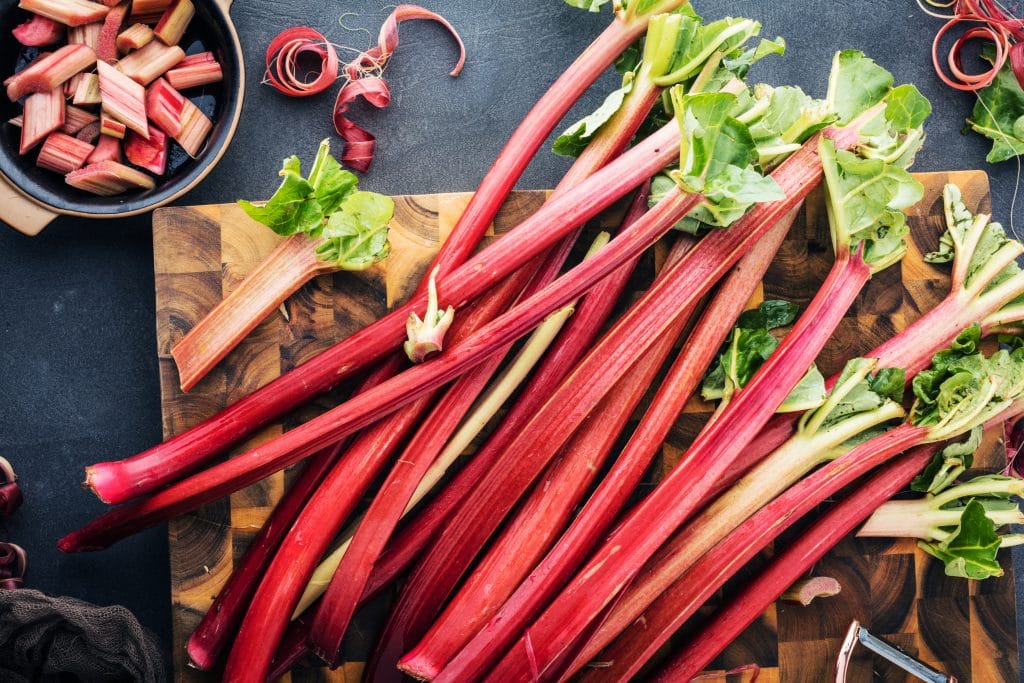
Rhubarb is a pretty easy plant to grow.
Rhubarb loves sun and well-drained soil.
If you grow rhubarb from crowns, you should be able to harvest the plant after a year. However, if you try to grow it from seeds, you need to wait about a year longer.
Rhubarb can produce harvest for many years. So if your family loves rhubarb, it’s probably a good idea to grow this plant in your garden!
Blueberry (Vaccinium sect. Cyanococcus)
Blueberry is an amazing ingredient for breakfast! It’s a great source of vitamin C and antioxidant!
You can use it to accompany your pancake, cereal, or smoothies!
Blueberry might take long years to reach maturity, but they can also survive for many years!
Apple (Malus)
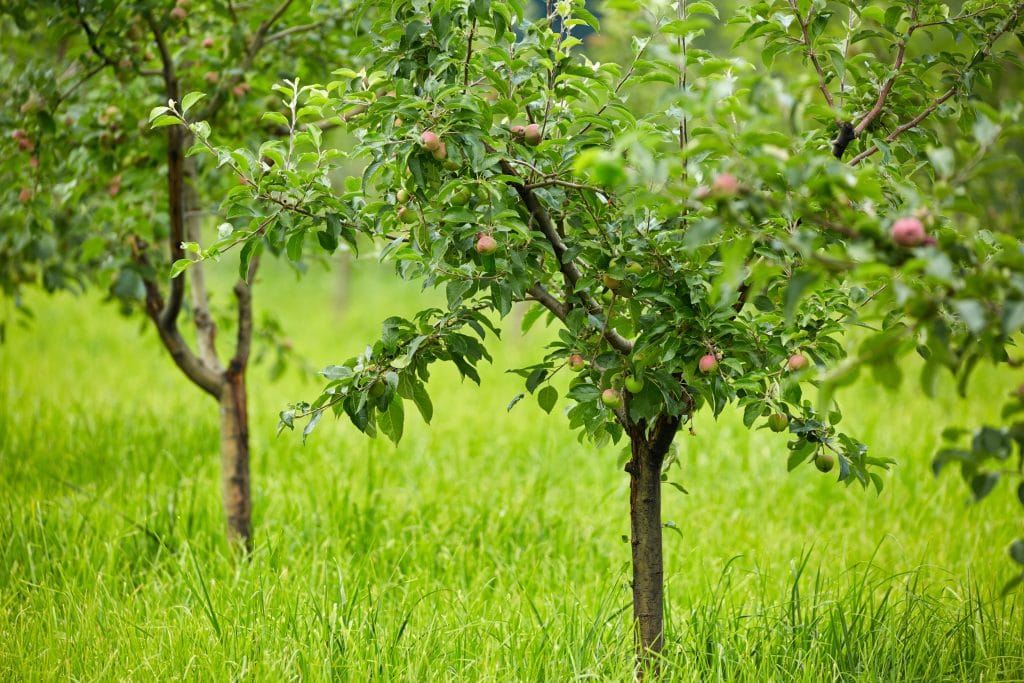
The apple tree is a eedlings typically take 4-5 years to produce their first fruit, but after that, the fruit trees will keep producing apples for many years – up to 30 pounds of apples in a year!
So, if you have the space in your garden, it might be a good idea to plant an apple tree!
Cherry (Prunus avium)
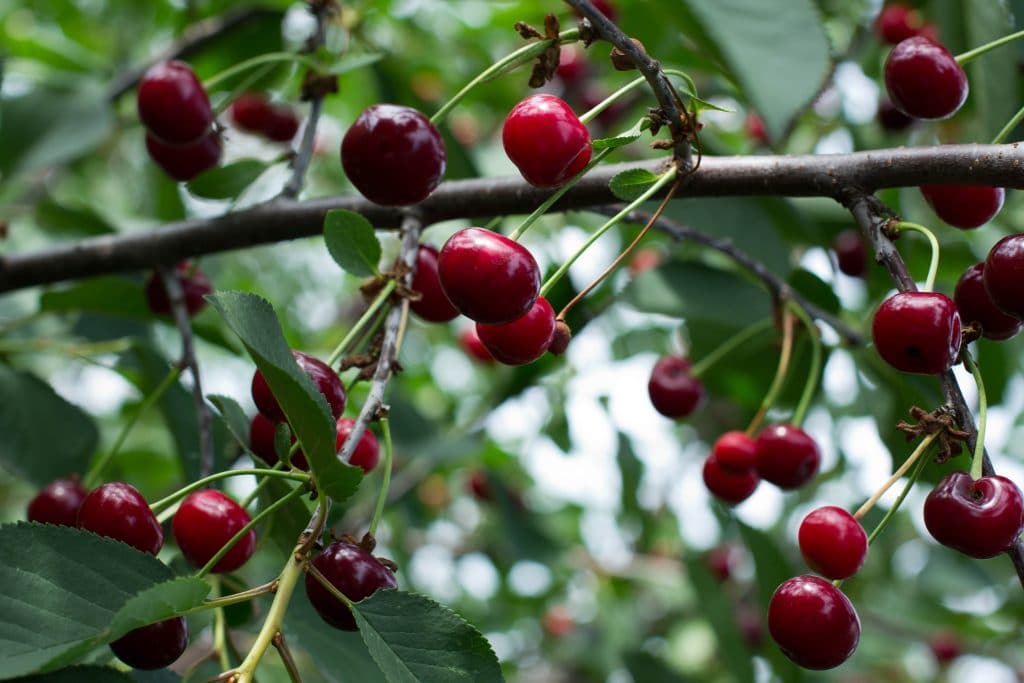
Like apple trees, cherry trees will keep producing fruit for many years. The cherry tree is a deciduous tree and can grow up to 25 feet tall and will produce stunning blossom which only adds to the aesthetic of your garden.
The seeds typically take 2-3 years to germinate, but the young plants will start producing fruit within 4-5 years.
Cherry is a delicious fruit that can be eaten fresh or used in desserts and other recipes.
Raspberry (Rubus idaeus)
Raspberry is a type of bramble fruit. The raspberry bush will continue to produce fruit for many years and the raspberry plants grow up to 3 feet tall.
When caring for your raspberry bush, make sure to keep the soil moist but not wet. You can also spread a thin layer of mulch around the base of the bush to help retain moisture. In the winter, you can cover the bush with a light blanket or tarp to protect it from frost.
Fantastic in Jams and Conserves, but also just as yummy to eat on their own.
Strawberry (Fragaria × ananassa)
Strawberries have a great taste and even better nutritional content – yields per plant are lower than other fruits, but the energetic input is also low.
If you live in a cool area, consider planting your strawberry plant in an uncovered place so it can receive sunlight every day. If you live in a warm region, choose a spot with some shade so your strawberry plant can enjoy morning sun but still protected from the harsh heat.
Strawberry plants prefer a slightly acidic soil with pH about 5.5 to 6.5 – avoid poor soil!
Plant your strawberry in a rich soil and don’t forget to make sure that the soil is well-drained.
Most of the varieties of strawberry plants produce stolons (runners) for reproducing themselves asexually, which means you can get free, new strawberry plants to expand your strawberry garden!
After the third year, runners will spread from the main plant and you will get more strawberries if you let them grow. If you want to have bigger strawberries, then you should pinch off the runners.
Use strawberries to make smoothies, pies, cakes or simply enjoy them on their own with a sprinkle of sugar.
Planting Edible Perennials
Planting Perennials is a fantastic long-term investment. They return year after year, saving you money on seeds or transplants. Furthermore, many perennials live for decades and provide nourishment to your family for an extended period of time. Once they’re done producing, you have to replace them with new plants if you want to continue to harvest food from your garden.
Know your growing zone when selecting perennials. Some plants labeled as perennials may not tolerate hard freezes and must be reared as annuals in certain regions. These delicate edible perennial flowers will flourish in warm areas. Make sure your perennial food crops have enough room to develop. Most of us can’t afford to buy fully grown plants, so we get place plants as they age. Eventually, perennials will stop producing food or flowers. When this occurs, it’s time to dig them up and replant new ones. This is a great opportunity to experiment with new perennial varieties in your garden.

There are a few perennial plants, such as wild leeks, that thrive in shady, wet, or cool conditions where food could not normally be cultivated! Consider Permaculture gardening if you’re already growing perennial vegetables and want to take your garden or homestead to the next level.
This technique encourages more collaborative relationships between plants, soil, insects and animals by mimicking natural ecosystems. Edible vegetables, herbs, fruiting shrubs and vines grow as understory to taller fruit and nut trees in Permaculture layouts
A quick note on Soil Quality
Perennial veggies fix nitrogen in the soil, thus fertilizing themselves and their neighboring plants. Some perennials can provide habitat for beneficial insects and pollinators, while others may climb trellises to offer shade for other plants. Perennial Vegetables actually improve the soil over time and make it more hospitable to other plants, making the addition of these crops a long-term investment in your garden’s future productivity.
Don’t forget nuts!
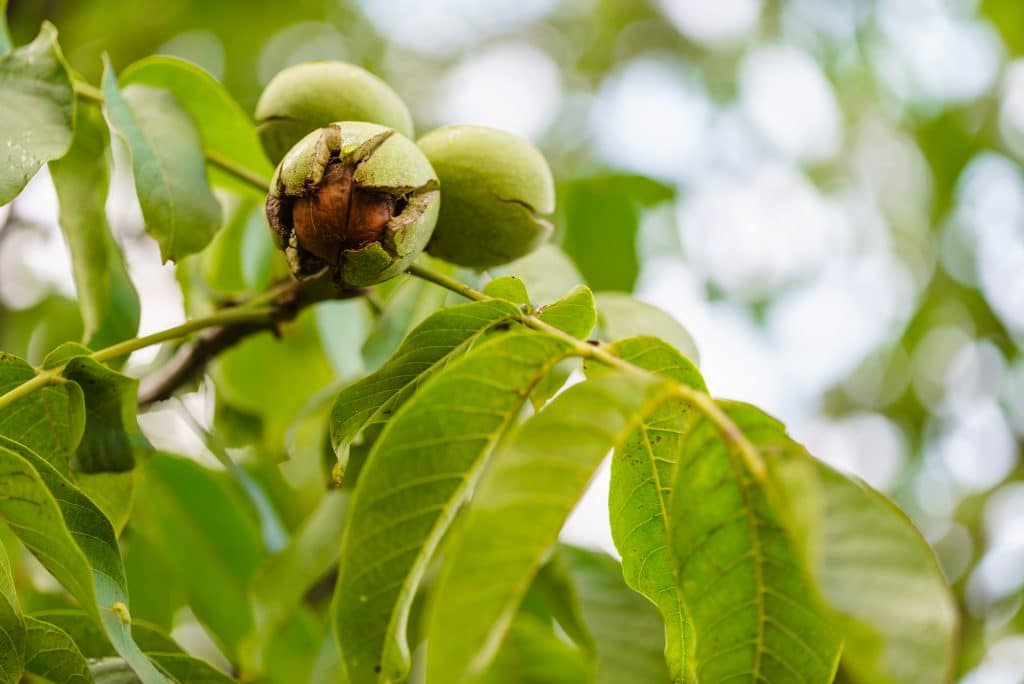
Remember to include some nut trees in your plans. Black walnuts or hazelnuts are two good options. Your landscape will soon be overflowing with food if you put a little effort into it. Nuts not only provide delicious snacks, they are also high in healthy fats and minerals. Store them in a cool, dry place and they will last for months.
When you plant perennials, you’re making a commitment to feeding your family for years to come. These valuable additions to your garden not only provide food, but many of them also offer ornamental value – Happy gardening!
.


